
The Jazz Singer is a 1927 American part-talkie musical drama film directed by Alan Crosland and produced by Warner Bros. Pictures. It is the first feature-length motion picture with both synchronized recorded music and lip-synchronous singing and speech. Its release heralded the commercial ascendance of sound films and effectively marked the end of the silent film era with the Vitaphone sound-on-disc system, featuring six songs performed by Al Jolson. Based on the 1925 play of the same title by Samson Raphaelson, the plot was adapted from his short story "The Day of Atonement".

Jack Benny was an American entertainer who evolved from a modest success playing the violin on the vaudeville circuit to one of the leading entertainers of the twentieth century with a highly popular comedic career in radio, television, and film. He was known for his comic timing and the ability to cause laughter with a long pause or a single expression, such as his signature exasperated summation "Well! "
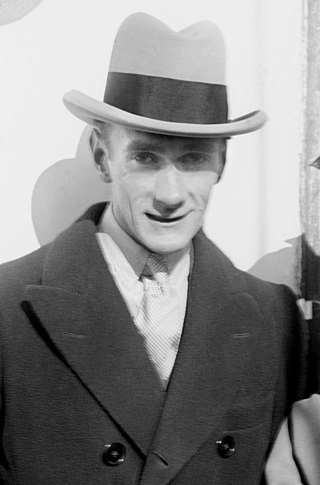
Webb Parmelee Hollenbeck, known professionally as Clifton Webb, was an American actor, singer, and dancer. He worked extensively and was known for his stage appearances in the plays of Noël Coward, including Blithe Spirit, as well as appearances on Broadway in a number of successful musical revues. As a film actor, he was nominated for three Academy Awards - Best Supporting Actor for Laura (1944) and The Razor's Edge (1946), and Best Actor in a Leading Role for Sitting Pretty (1948).

Ethel Ruby Keeler was a Canadian-born American actress, dancer, and singer who was paired on-screen with Dick Powell in a string of successful early musicals at Warner Bros., particularly 42nd Street (1933). From 1928 to 1940, she was married to actor and singer Al Jolson. She retired from show business in the 1940s, but made a widely publicized comeback on Broadway in 1971.

Darryl Francis Zanuck was an American film producer and studio executive; he earlier contributed stories for films starting in the silent era. He played a major part in the Hollywood studio system as one of its longest survivors. He produced three films that won the Academy Award for Best Picture during his tenure at 20th Century Fox.
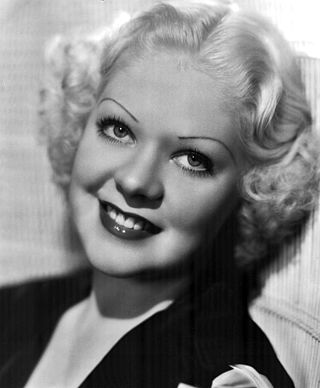
Alice Faye was an American actress and singer. A musical star of 20th Century-Fox in the 1930s and 1940s, Faye starred in such films as On the Avenue (1937) and Alexander's Ragtime Band (1938). She is often associated with the Academy Award–winning standard "You'll Never Know", which she introduced in the 1943 musical film Hello, Frisco, Hello.
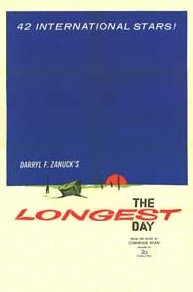
The Longest Day is a 1962 American epic historical war drama film based on Cornelius Ryan's 1959 non-fiction book of the same name about the D-Day landings in Normandy on June 6, 1944. The film was produced by Darryl F. Zanuck for 20th Century Fox, and is directed by Ken Annakin, Andrew Marton, and Bernhard Wicki. The screenplay was written by Ryan, with additional material written by Romain Gary, James Jones, David Pursall and Jack Seddon.
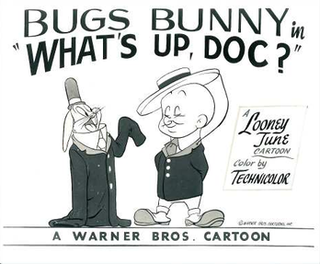
What's Up, Doc? is a Looney Tunes cartoon directed by Robert McKimson and produced by Warner Bros. Cartoons. It was released by Warner Bros. Pictures on June 17, 1950 and stars Bugs Bunny and Elmer Fudd.
Harry Akst was an American songwriter, who started out his career as a pianist in vaudeville accompanying singers such as Nora Bayes, Frank Fay and Al Jolson.

The Grapes of Wrath is a 1940 American drama film directed by John Ford. It was based on John Steinbeck's 1939 Pulitzer Prize-winning novel of the same name. The screenplay was written by Nunnally Johnson and the executive producer was Darryl F. Zanuck.
The 16th Academy Awards were held on March 2, 1944, to honor the films of 1943. This was the first Oscar ceremony held at a large public venue, Grauman's Chinese Theatre, and the first ceremony without a banquet as part of the festivities. The ceremony was broadcast locally on KFWB, and internationally by CBS Radio via shortwave. Jack Benny hosted the event, which lasted one hour and 42 minutes. This was the first ceremony to welcome admissions from the general public.
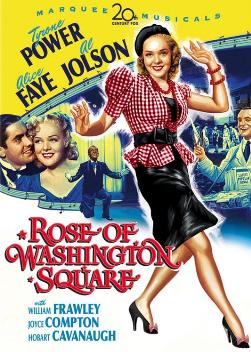
Rose of Washington Square is a 1939 American musical drama film, featuring the already well-known popular song with the same title. Set in 1920s New York City, the film focuses on singer Rose Sargent and her turbulent relationship with con artist Barton DeWitt Clinton, whose criminal activities threaten her professional success in the Ziegfeld Follies.

The Sun Also Rises is a 1957 American drama film adaptation of the 1926 Ernest Hemingway novel of the same name directed by Henry King. The screenplay was written by Peter Viertel and it starred Tyrone Power, Ava Gardner, Mel Ferrer, and Errol Flynn. Much of it was filmed on location in France and Spain as well as Mexico in Cinemascope and color by Deluxe. A highlight of the film is the famous "running of the bulls" in Pamplona, Spain and two bullfights.

Swanee River is a 1939 American biographical musical drama film directed by Sidney Lanfield and starring Don Ameche, Andrea Leeds, Al Jolson, and Felix Bressart. It is a biopic about Stephen Foster, a songwriter from Pittsburgh who falls in love with the South, marries a Southern girl, then is accused of sympathizing when the Civil War breaks out. Typical of 20th Century-Fox biographical films of the time, the film was more fictional than it was factual.
Hillcrest Country Club is a private country club located on the west side of Los Angeles, California. Founded in 1920, it is a historically Jewish country club and was established at a time when Jewish members were excluded from other elite social clubs in the city.
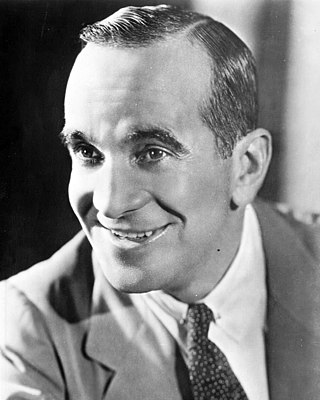
Al Jolson was a Lithuanian-born American singer, actor, and vaudevillian.

Four Jills in a Jeep is a 1944 American comedy-drama musical film starring Kay Francis, Carole Landis, Martha Raye and Mitzi Mayfair as themselves, reenacting their USO tour of Europe and North Africa during World War II.
The Magic Key of RCA was an American variety radio show that featured an unusually large and broad range of entertainment stars and other noted personalities. It was on the NBC Blue Network from September 29, 1935, until September 18, 1939.

Nathan "Ned" Miller was a British-born American songwriter, composer, music publisher, and actor who wrote the hit songs, "Why Should I Cry Over You", in 1922, "Sunday" in 1926, and "Little Joe" in 1931. His music has been recorded by Frank Sinatra, Nat King Cole, Louis Armstrong, Al Jolson, Carmen McRae, Stan Getz, Peggy Lee, the Ink Spots, Johnny Mercer, Benny Goodman, Andy Williams, and many others. His music has also been featured in weekly TV programs and films. In 1982, Ned Miller was inducted into the American Society of Composers, Authors and Publishers (ASCAP) Golden Circle after having been a member for fifty years.

Hollywood Cavalcade is a 1939 American film featuring Alice Faye as a young performer making her way in the early days of Hollywood, from slapstick silent pictures through the transition from silent to sound.















